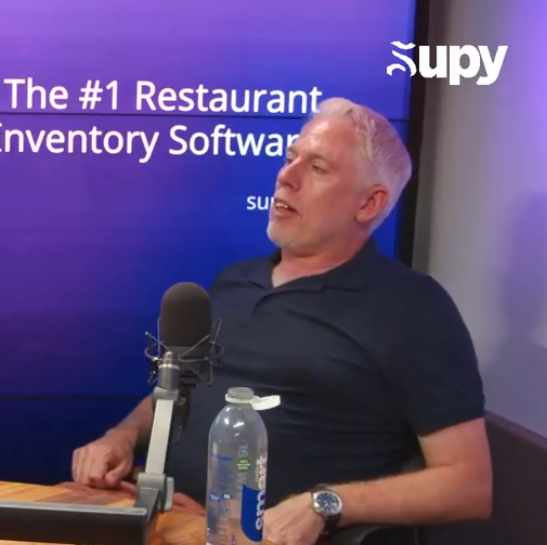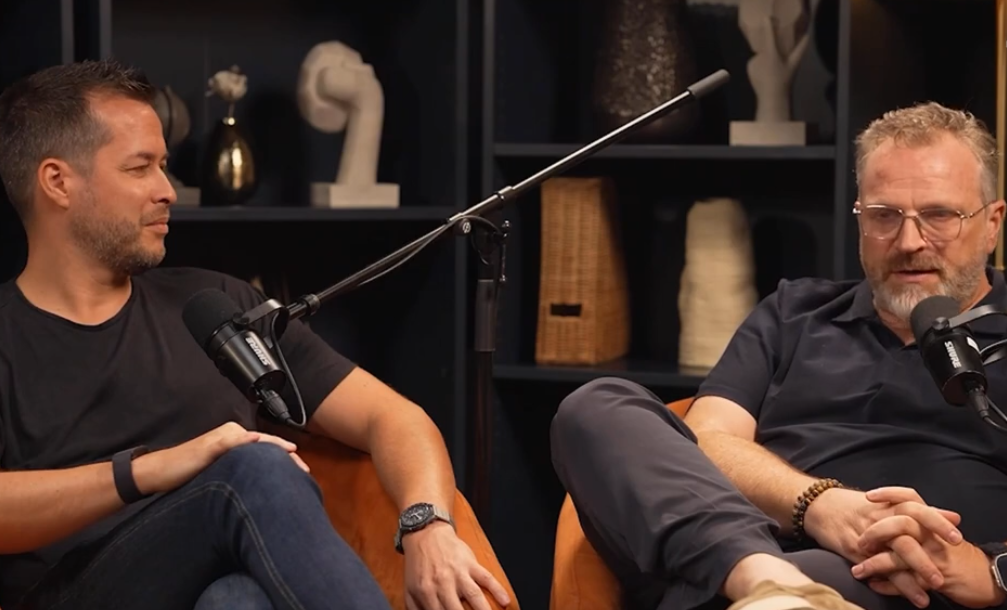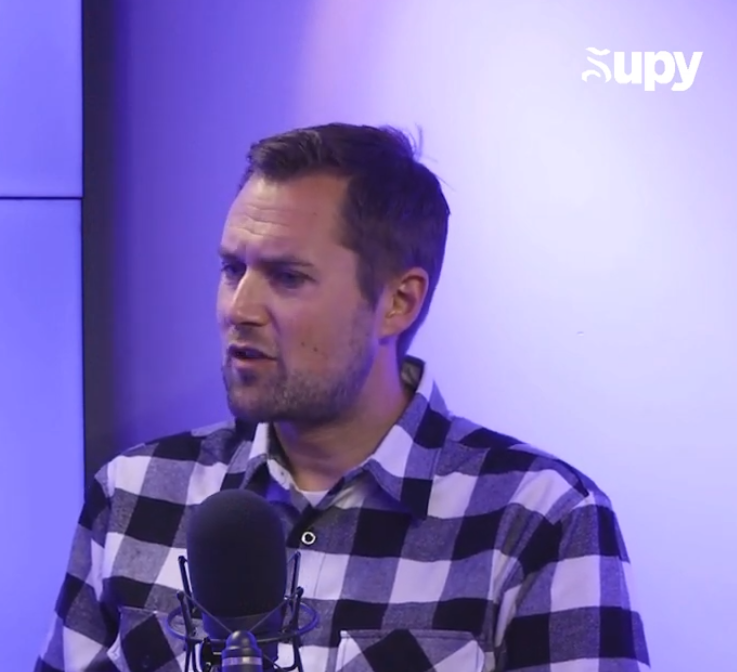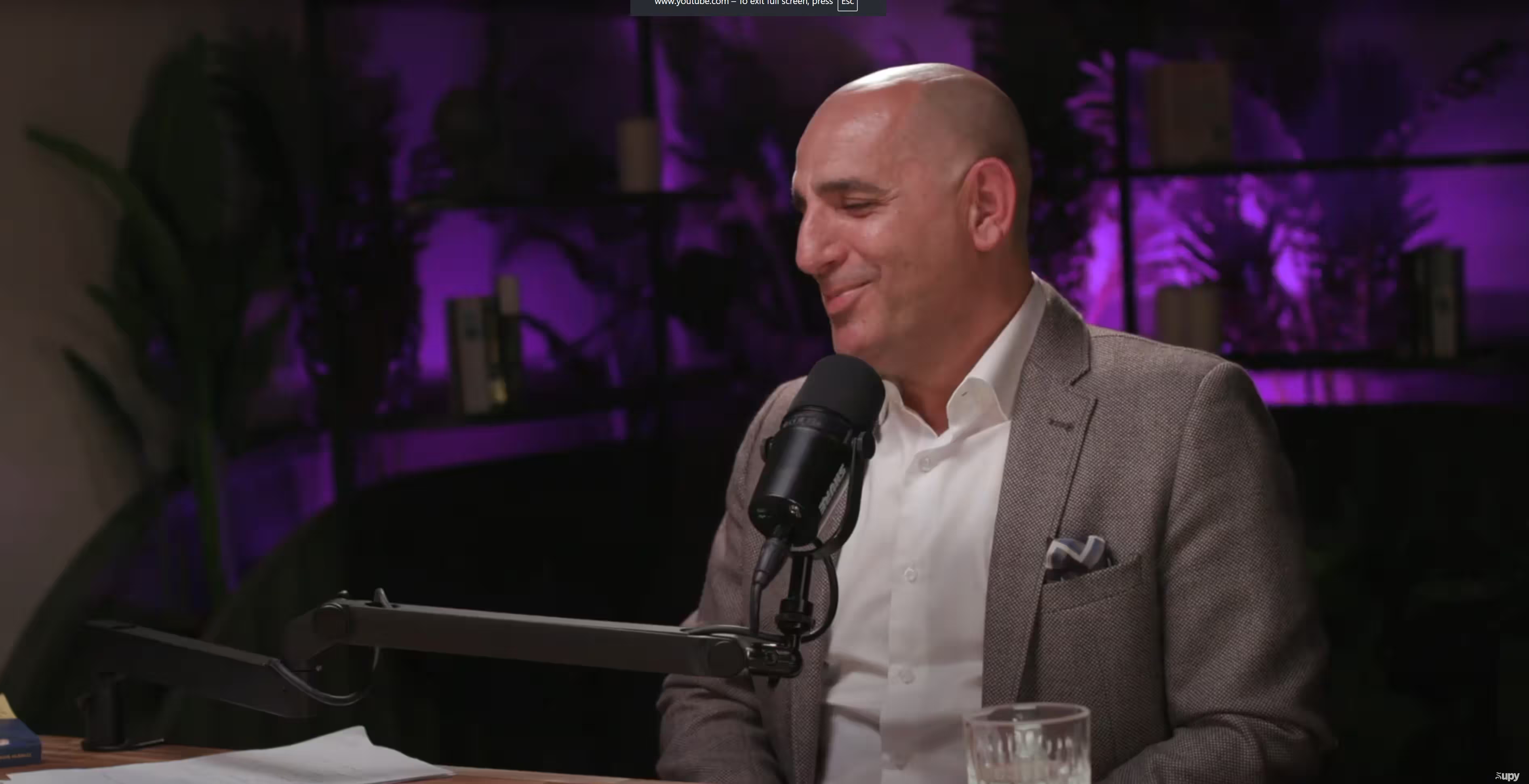How Pitfire Pizza Scaled Without Franchising or Discounting

Watch extracts
Episode Summary
Matthew Cox is the COO of Pitfire Pizza - one of Dubai’s most-loved pizza brands and a regional leader in doing things their way.
In this episode, Matt shares how Pitfire grew from a couple of sites in JLT to a multi-branch brand with a central kitchen and 8+ locations (and more on the way) - without franchising, deep discounting, or compromising on quality.
You’ll hear how they turned a $50,000 mushroom variance into a systems win, why lease terms matter more than hype, how to build a delivery and aggregator strategy that actually protects margin, and how Matt uses Supy to keep inventory tight while empowering each restaurant manager.
Learnings From The Episode
Pitfire’s story is about loving complexity — but making it work in a way that’s profitable, scalable, and true to the brand.
From loyal customer to COO of a growing brand
Before joining Pitfire, Matt was:
- A loyal customer in JLT who couldn’t find anything in the market quite like Pitfire.
- A seasoned operator with Chipotle experience and deep exposure to supply chains with 5,000+ SKUs.
- A consultant who’d already helped Pitfire understand their inventory, food cost, and cost of sales when they were just 2–3 branches.
That mix of operator chops + genuine love for the product made Pitfire a natural fit — and helped him take them from a couple of units to a regional brand with a central kitchen and ambitious growth plans.
Scaling from 2 to 8+ locations: why central kitchen came first
When Matt joined, Pitfire had:
- A handful of locations (JLT, Timeout Market, a delivery site in Business Bay).
- High standards for dough and toppings — but a lot of production happening in-store.
To scale without losing control, they:
- Moved dough and key toppings into a central kitchen, so quality and consistency could be monitored in one place.
- Used the central kitchen to support new sites and high-growth communities like Dubai Hills and JVC, where they saw clear demand and delivery gaps.
- Used aggregator data to spot underserved areas and stress-test whether existing sites could realistically handle peak-time delivery.
The central kitchen gave them a platform to grow and tighten standards at the same time.
Lease terms before latte art: unit economics over ego
Matt is very direct:
If a single restaurant isn’t making money, scaling to three just loses you more money, faster.
So before signing a lease, Pitfire looks hard at:
- Base rent and footprint – is the box the right size for the concept, or are you paying for dead space?
- Turnover rent vs fixed rent – great in high-footfall areas like Dubai Hills, terrible in heavy-delivery zones where sales skew to aggregators.
- Realistic sales, not optimistic ones – they’re wary of business plans built on wishful thinking.
Growth is only interesting if the unit-level economics work. Scale doesn’t magically create profitability – it amplifies whatever you already are.
The $50,000 mushroom variance: how small mistakes add up
Pitfire had a serious mushroom problem. Not in quality – in usage.
Because mushrooms go on several hero pizzas (like Truff Daddy and Bill’s Special), even a small over-portion adds up. Once they had proper usage data, they realised:
- A recipe might call for ~100g of mushrooms.
- In practice, one person trains another using “handfuls.”
- Different hands = different portions. Some pizzas were getting ~200g.
Across all sites, that added up to around $50,000 in mushroom variance over a year.
What fixed it:
- Tightening recipes and portioning.
- Comparing theoretical vs actual usage for key SKUs.
- Treating variance as a symptom of process issues, not just staff “carelessness.”
Without detailed data, that leak would have stayed invisible.
Breaking the Excel ceiling: why Supy replaced spreadsheets
Early on, Matt built an Excel-based system for ordering and inventory:
- Recipes, product mix, lead times, and shelf life all fed into custom spreadsheets per location.
- Weekly inventories, manual invoice entry, and manual stock transfers kept it barely usable.
It worked at 2–3 outlets. At 4–5, it was creaking. With a central kitchen and multiple production sites, it became impossible to maintain.
That’s when Pitfire started using Supy to:
- Run monthly stock counts across branches.
- Automatically calculate variances and flag items with >1,000 AED variance (positive or negative).
- Investigate whether issues came from over-portioning, outdated recipes, ordering errors (600kg instead of 600g), or genuine wastage.
The result: managers get accurate, timely data without spending their week inside spreadsheets — and Matt can focus on new problems, not recreating the same reports.
Supy as a lever for food cost & ordering discipline
With Supy in place, Pitfire now:
- Keeps much tighter control over high-value, high-volume SKUs like cheese, pepperoni, and mushrooms.
- Links ordering to real usage and par levels, instead of “fill the shelves and hope.”
- Empowers outlet managers to make smarter ordering decisions, backed by data instead of gut feel.
Rather than drowning managers in admin, Supy gives them guardrails — so they can run their branches like owners, not spreadsheet operators.
Pricing: the market decides what you’re worth
Pitfire doesn’t price from a spreadsheet alone. Once a year, they:
- Buy pepperoni pizzas from a dozen or so competitors.
- Compare size, quality, and price as objectively as possible.
- Plot where Pitfire sits on that graph.
Two big principles:
- The market ultimately decides your value – not your ideal margin model.
- Pricing based only on internal costs is dangerous if you ignore perception and alternatives.
They do adjust for realities (like Dubai Hills and Time Out Market needing slightly higher prices due to taxes and fees), but the anchor is value, not “how much can we get away with.”
Building a delivery & aggregator strategy that actually works
Pitfire used to be Deliveroo-exclusive. They eventually broke exclusivity and went onto all major aggregators. Conventional wisdom says that means:
- Higher commission rates.
- Lower net margin.
In practice, for Pitfire:
- Revenue on the original aggregator continued to grow double-digit even after going non-exclusive.
- Being present where customers actually browse (offers tab or not) mattered more than chasing a theoretical commission saving.
Matt’s view:
- Exclusivity only really makes sense if you’re capacity constrained and genuinely can’t handle the volume from all apps.
- For new sites, starting exclusive can be a gentle way to ramp up.
- Long term, multi-aggregator presence plus strong operations = better reach and resilience.
On discounting, he’s clear:
- Heavy discounts train guests to love the price, not the brand.
- It creates “discount loyalty,” not brand loyalty.
- If he had to choose, he’d rather give something away occasionally than permanently reset the perceived price point.
Culture, hiring, and promotion: act like you own the place
Pitfire’s cultural mantra is simple:
“Act like you own the place.”
That shapes how they hire and develop people:
- Hire for attitude and situational awareness, not just experience. You can teach the menu — you can’t teach genuine care easily.
- Look for people who want to be in hospitality, not people who drifted in.
- Promote from within wherever possible:
- Drive-thru supervisor at Tim Hortons → now a Pitfire restaurant manager.
- Former delivery rider → now managing a delivery location.
Opening more stores isn’t just about top-line growth — it’s how they create real progression paths for the team. Constantly hiring managers over loyal staff is a fast way to kill motivation.
Tech stack & automation: stop solving the same problem every month
Matt’s philosophy on tech:
- Use systems he knows work (e.g. Revel for POS).
- Adopt new tools when they clearly reduce manual work and error (e.g. GrubTech, Deliverect, Zenya, Yami, Xero, Supy).
- Automate anything that is:
- Repetitive
- Time-consuming
- High-stakes if you get it wrong (payroll, invoicing, food safety, stock, etc.)
Examples:
- Moving from Word-based payroll (yes, literally) to a proper time & attendance platform (Yami) that now processes ~300 staff in hours, not days.
- Automating invoice capture and posting into Xero, instead of manually typing every line from every SOA.
If a task eats days every month, he asks: “Why isn’t this automated yet?”
Why Pitfire hasn’t franchised (yet)
Pitfire gets a lot of franchise interest – but they’ve resisted.
Reasons:
- Many prospects “want to own a restaurant, not run one.” Huge red flag.
- They don’t need franchise capital to grow – they’re opening restaurants organically.
- Franchising is like a marriage: hard and expensive to unwind if you pick the wrong partner.
If they do franchise, it would only be with:
- An operator who can scale the brand beyond what Pitfire could do alone.
- Someone willing to match their standards on ingredients, suppliers, and service – not constantly push for cheaper, faster, lower.
Until then, they’d rather grow slower and stay in control.
Hot take: cutting quality and wages is a doom loop
Matt’s closing hot take is blunt:
Too many operators try to fix bad P&Ls by cutting food quality and labour cost.
In reality:
- Cheaper ingredients erode guest trust and repeat business.
- Underpaying people leads to low engagement, high turnover, and weaker operations.
The costs are easy to see on a spreadsheet. The lost loyalty, culture, and word-of-mouth are harder to quantify – but far more expensive long term.
His alternative:
- Pay people what they’re worth and expect high standards.
- Protect the guest experience as a non-negotiable.
- Use systems, training, and automation (not cost-slashing) to make the numbers work.

Ready to optimize your restaurant operations?
More stories from F&B leaders
Ready to transform your operations?
Join 3000+ restaurant operators cutting costs, streamlining operations and making smarter decisions with Supy.















